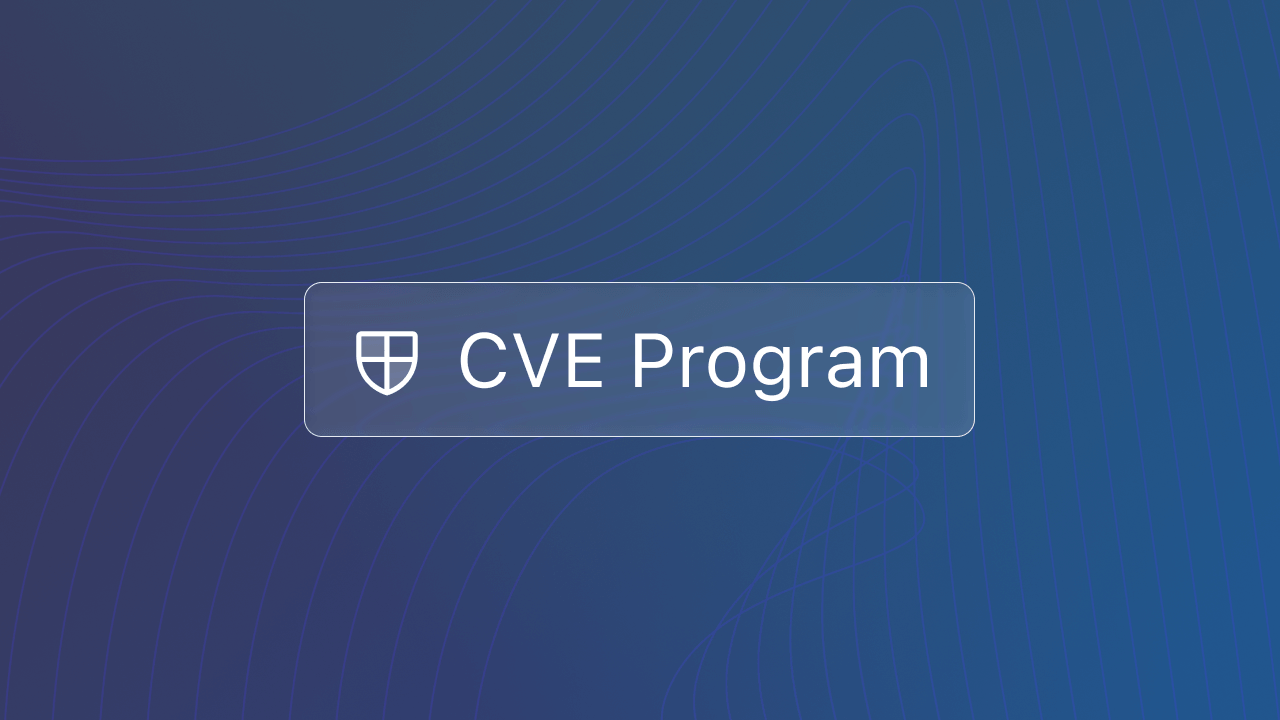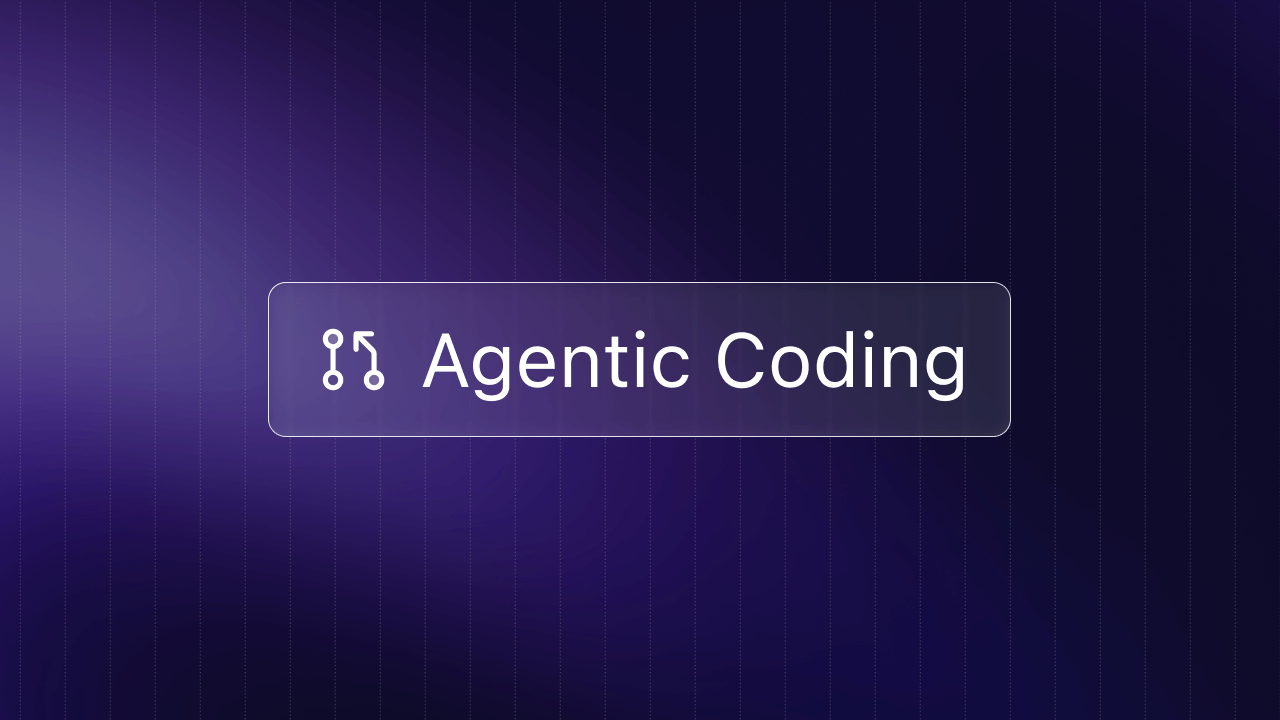TL;DR
- Product-market fit is too narrow to account for the full scope of innovation
- Salesforce.com didn't innovate on product-Siebel already invented it
- Benioff combined SaaS and telesales go-to-market with an existing product idea
- Developers need to understand business models and go-to-market to maximize impact
Product-market fit is one of the "secret" frameworks that powers disruptive startups in Silicon Valley. Marc Andreessen first shared the concept in an article titled, "The only thing that matters."
But looking at "product" alone as the key to innovation is too narrow of a window—one that can miss out on incredible opportunities.
Marc Benioff (the other famous tech "Marc") came up with the idea for Salesforce.com (SFDC), a company with over $100 billion in market cap in 2018, in a dream. Salesforce.com is a great example of all that is missing in product-market fit.
A long time ago, Siebel Systems established salesforce automation (SFA) as a major enterprise application—long before Marc started Salesforce.com. SFA is basically a glorified spreadsheet to track all the opportunities for salespeople in a company.
Salesforce.com, especially at the outset, didn’t require any product innovation of significance.
The product had already been invented.
Marc Benioff’s great innovation was a simple matter of addition: existing product + newish business model + bottom-up go-to-market (GTM) strategy.
The Big Opportunity
Benioff saw an enormous market opportunity. At its peak, Siebel sold nearly $2 billion a year with a market cap of $30 billion. Fort Knox, however, sat atop a rickety house of cards. Customers had to pay as much as $1.8 million in first-year costs to get the software deployed in-house, and then up to 65 percent of the licenses became shelfware—never deployed or used.
Prior to Salesforce.com, small technology companies already sold and marketed software over the Internet as application service providers (ASPs), but they mistimed the market and the maturity of networks, paddling out well before the wave began to crest.
Instead of selling software on-premises, Benioff sold software-as-a-service (SaaS) over the Internet: multi-tenant software hosted on his systems and sold by the drink in a subscription model.
He combined the newish business model with a different GTM strategy. Instead of using high-paid direct software salespeople to attack the world’s biggest accounts, he initially offered freemium trials, targeting startups and small businesses, which converted to paid customers via telesales.

Product-Market Fit Is Not Enough
The product alone would not have yielded the market.
It was a matter of product + business model + GTM success, which forms the Innovation Triangle.
As a result, the key to innovation is to look not only at product but also at business model and go-to-market strategy, which comprises the Innovation Triangle.
For Salesforce.com, their early Innovation Triangle looked like this:

As developers, it’s important to understand the full picture to ensure that our efforts align with maximum impact. That’s why it’s important to look beyond product-market fit to understand the full scope of innovation.
It’s also one of the keys to going from a good developer to a great developer.
Parts of this article are excerpted with permission from a book on innovation titled, Disrupt or Die.





